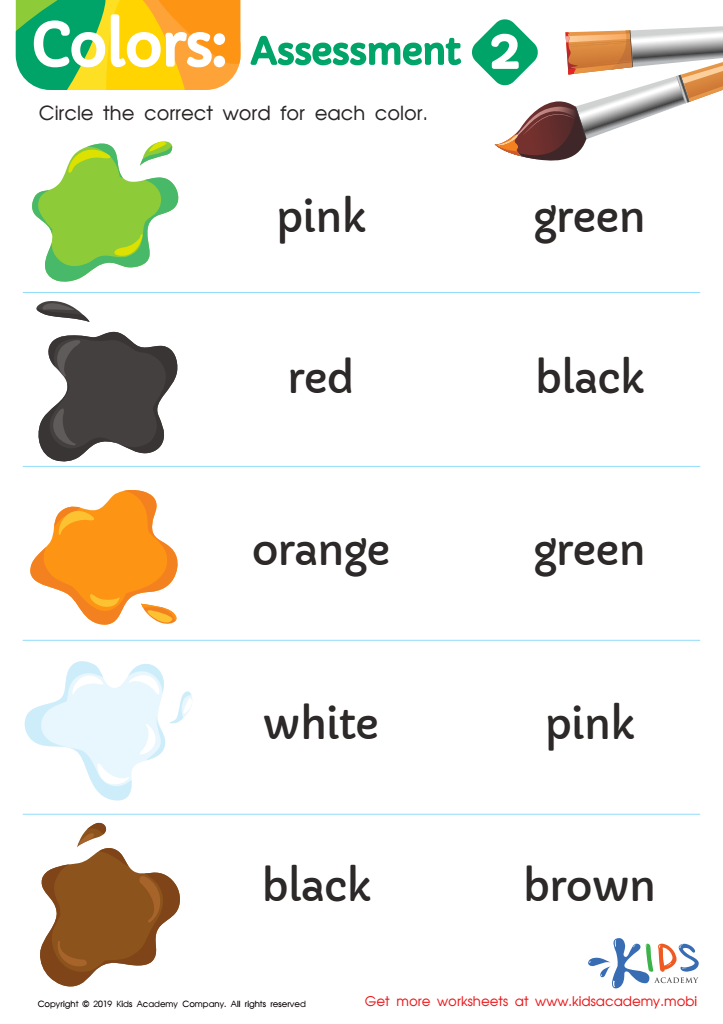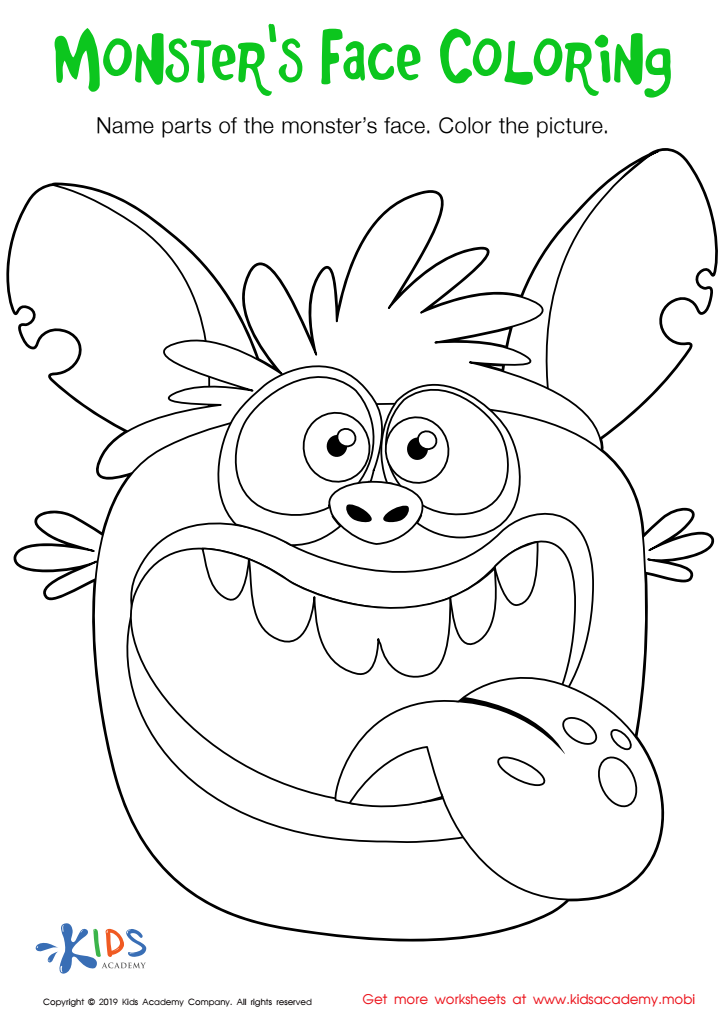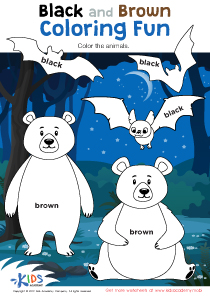Following instructions English for Beginners Worksheets for Ages 8-9
6 filtered results
-
From - To
Unlock your child's potential with our "Following Instructions English Worksheets for Beginners," designed specifically for kids aged 8-9. These engaging worksheets focus on enhancing comprehension and critical thinking skills through fun activities that promote understanding of written and verbal instructions. Ideal for ESL learners, each worksheet uses simple language, clear directions, and interactive exercises to make learning enjoyable. Your child will gain confidence as they practice following instructions while developing foundational English skills. Explore our resources today to empower your child in their learning journey and assist them in mastering essential language skills. Get started now and watch them thrive!


Red and Blue Coloring Fun Worksheet


Yellow and Green Coloring Fun Worksheet


Colors: Assessment 2 Worksheet


Purple and Orange Coloring Fun Worksheet


Monster's Face Coloring Worksheet


White and Pink Coloring Fun Worksheet
Teaching children to follow instructions is essential for their development, especially for English learners aged 8-9. At this age, children are still honing their communication skills, and understanding how to follow directions in English can significantly enhance their overall learning experience.
Firstly, following instructions helps build critical thinking and comprehension skills. When children practice interpreting and executing directions, they learn to analyze information, improving their ability to solve problems and think independently. These skills are vital not only for academic success but also for everyday life.
Moreover, mastering the ability to follow instructions fosters confidence in using English. For beginners, anxiety often accompanies language learning. When a child successfully follows a set of directions, it boosts their self-esteem and encourages further engagement in the language.
Additionally, when students develop this skill, they become more collaborative and effective in group settings. Participating in group activities and discussions requires the ability to understand and follow shared instructions, promoting teamwork and communication.
In essence, strong foundational skills in following instructions not only facilitate academic progress but also prepare children for future challenges, making it a crucial focus for parents and teachers.

 Assign to My Students
Assign to My Students
















